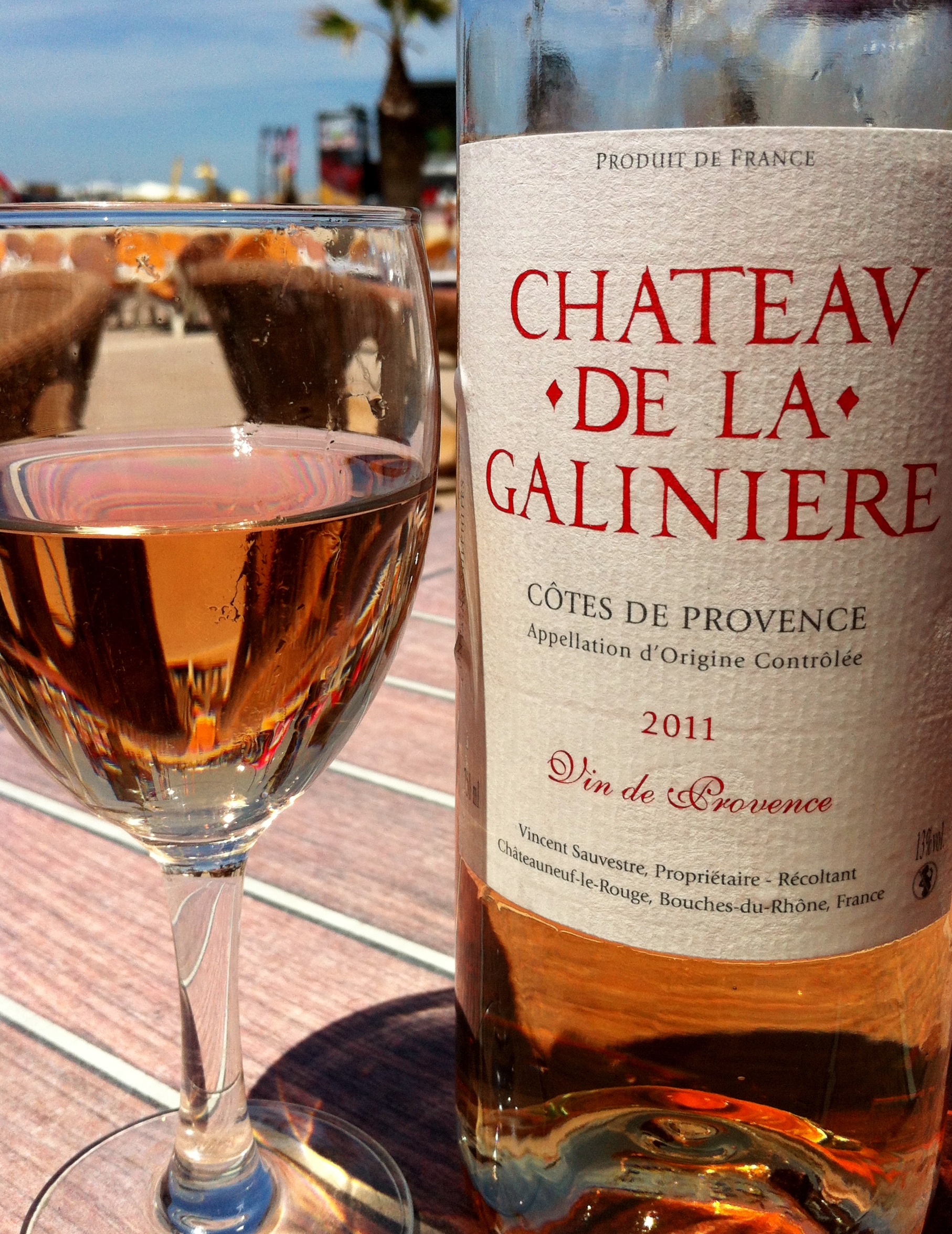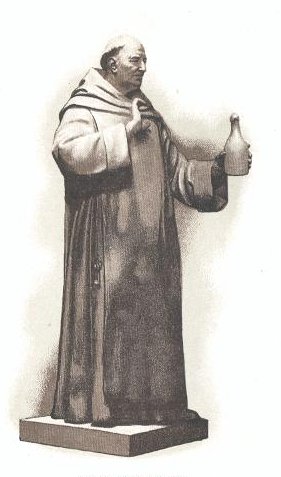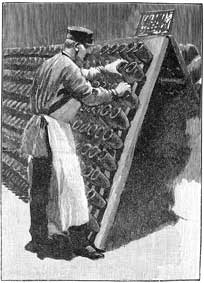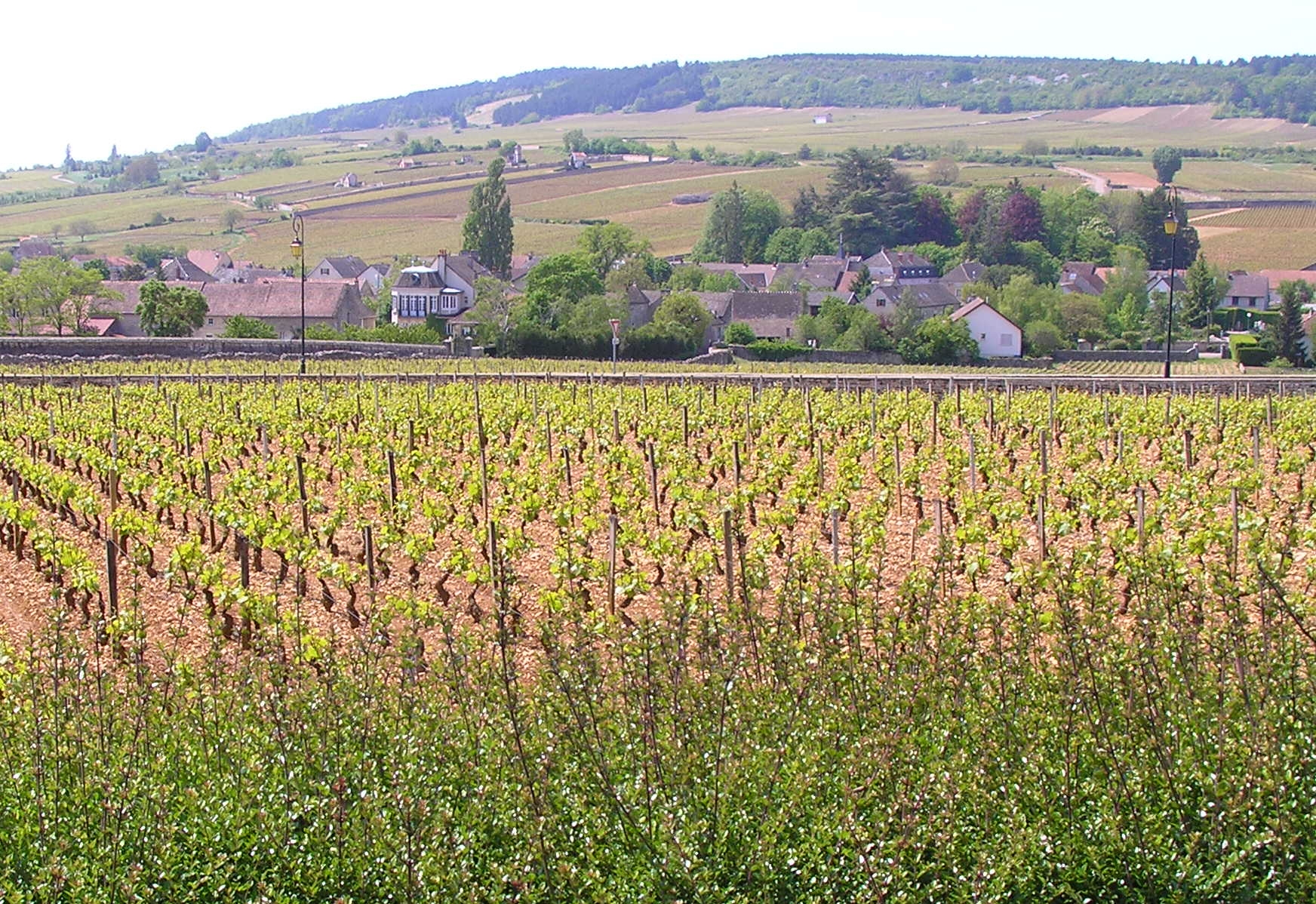Burgundy
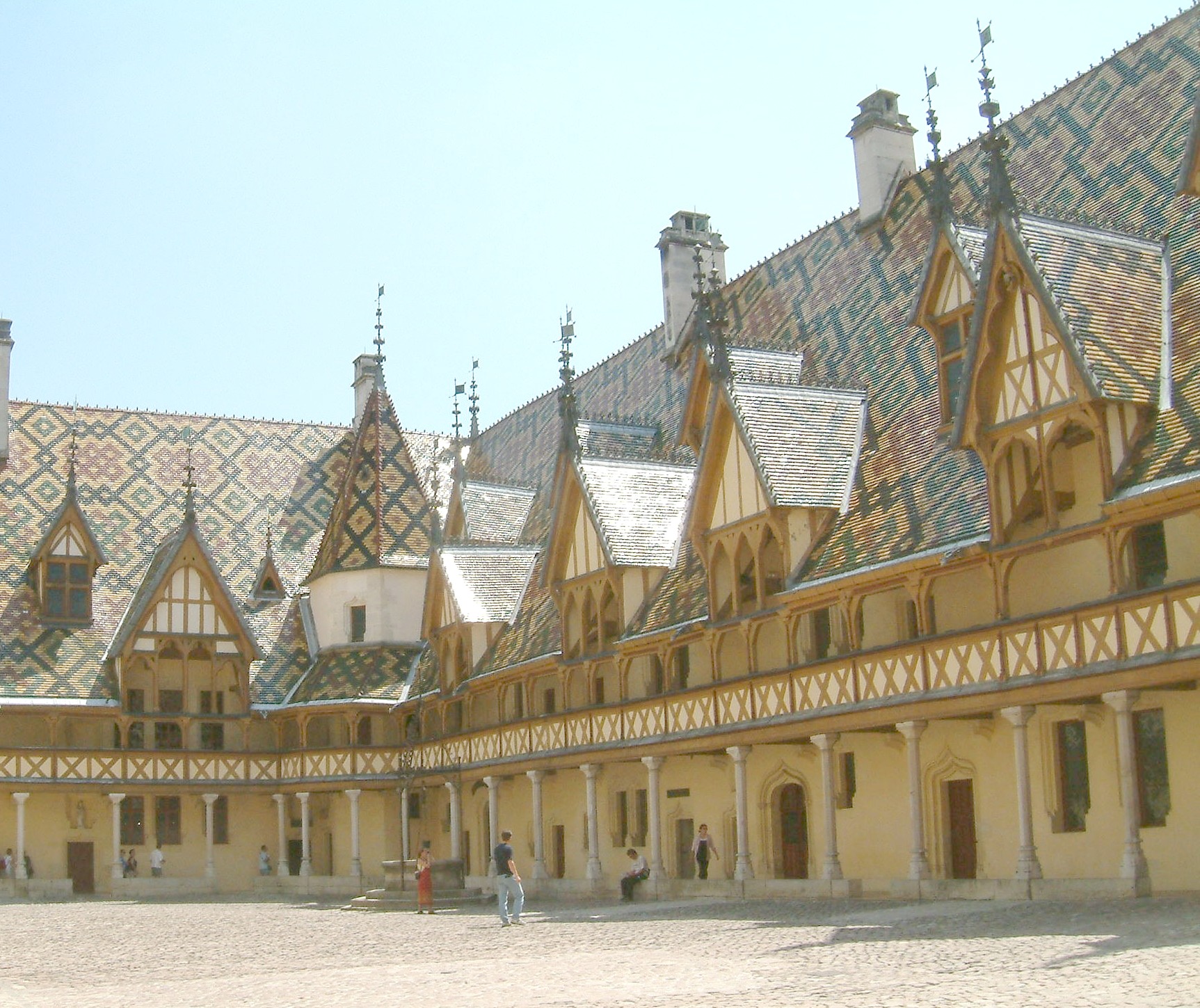
When you talk to someone about Burgundy, he may use certain words to describe the wine that will remind you of how people talk about sex. That is right, I said SEX. I am not sure why, but they do, it is true. Almost everyone who has had very fine Burgundy wine will tell you afterwords, they needed a moment, or they stopped eating. They had to focus on just drinking their wine, or they wanted to be alone with the glass... WEIRD, Right? So if Burgundy is the kind of wine that is Sexxxxxxxxxxxy, why doesn't everyone drink it? Why do we not have more people espousing it s appeal? Why is it not something that you have experienced? All good questions. Frankly, while I am writing about the sex in a bottle that is Burgundy, I must admit, I myself am a fine Burgundy Virgin. That is not to say I have not dabbled in Burgundy. I have. I just have not had the experience that would lead me to talk about wine in the way I have described others talking about it above. So, why the disconnect? Here is the skinny on Burgundy. Burgundy is a place that makes some of the most talked about wines in the world. Not only are the wines discussed, revered, objectified, and sexified (OK not a word, but you get the picture), but the Grad Cru and highly prized 1er Cru can sell for thousands of dollars.
But, and this is a BIG but, Burgundy is the one of the furthest north wine growing region that makes fine wines in the entire world. Especially, fine red wines. What does this mean? It means that it is very difficult for the grapes to mature. What that means is that while you might have a fantastic Burgundy from a Grand Cru vineyard in 2009, you might find the the following 10 years never produces ripe enough fruit to do it again. Thus, people spend a lot of time, and a lot of money buying average Burgundy wines. Why? Why would they do that? Why not just go to Bordeaux, or California, or to Portugal, and get a wine that is more predictable?
It turns out that a rat will die if you give them a button to press that will cause them pleasure of the sexual variety. They will press the button over and over and over again, forgetting about food, water and rat clothing... From what I can tell Burgundy is exactly the same way. People are more than willing to suffer average wines from Burgundy, and keep pressing the Burgundy button in search of that 1 SEXXXXXXY bottle that a person might find in a year.
To make matters worse, even if you pick the right vintage, and the right bottle, Burgundy can go through an awkward phase. Even the right bottle can have a bad hair day. Think attractive people circa 1987 in their Zubaz pants and their bad glasses. If you open the bottle then, it might not go so well, but if you are lucky enough to have waited, the wine might taste like sexy time.
This is the allure of Burgundy. This is why a bottle of red is described as tall dark and handsome, or whatever floats your boat. This is why the region has such a cult following. This is why wine nerds can't help but talk about the wine like it has a life of its own. This is why it has a sex in a bottle reputation. Burgundy is all about place (Terroir), and a little baw-chicka-bow bouw, and the time it is opened. No other region on earth has this reputation, complexity or allure.
It is important to note that with all of this talk about sex and wine, that Burgundy was first developed, farmed, and turned into a wine making region by the Catholic Church (IRONIC). The Benedictine monks founded Burgundy, and noticed that different places created wines with different flavors and textures. Therefor, Burgundy is all about PLACE. the Grand Cru travels with a parcel of land and not with a family or a label like in Bordeaux. Since family laws used to dictate that a family must split its assets amongst its children evenly when parents die, it is not unusual for a grand Cru to be split, and made under similar names, but different conditions. This makes finding the great wine that you have had in the past even more difficult. There are people who study Burgundy for their lifetime and never get all of the information that they seek, so I will not pretend to be an expert, or even a beginner, or that I can even spell Burgundy at this point, but I will be happy to pass on a little of information that hopefully will serve you well with a pretentious Fracophile at a dinner party and give you a fact or two to point out his douche baggery one night.
For the purpose of this discussion, I will talk about three major regions of Burgundy. First is Chablis, which has largely gotten a bad name in the United States. The reason has NOTHING to do with the wine of this region, rather the reason is because white jug wines that our grandparents used to drink were always called Chablis. These wines were bad, and had not a single ounce of Chablis in them. We need to get over that as a country and move on. Chablis from Chablis are a beautiful food wine made from the darling of all white grapes...Chardonnay. Frequently they are aged in Stainless Steel (un-oaked). Due to the cold climate, the grapes mature slowly, and sometimes insufficiently leading to high acid wines.
As grapes develop, the acid content dips as the sugar content rises. Since the grape matures slowly, the fruit does not lose its acid like it would in sunny California. The Chablis wines are often described as having the flavor of lemon curd and frequently their mineral flavor is described as oyster shell. I have never licked an oyster shell, so I will take their word for it. The reason oyster shells are included in the description is that the Chardonnay in this region is grown in soil that has a white chalk that comes from age old oyster shells. People like to think that the vines suck up those shells and put the flavor in the grapes. NOTE: They likely do not. There are 7 Grand Cru wines in Chablis. These are the only wines from the region that sometimes get oak to age. Many in the region believe that the Chardonnay grown here is too beautiful to ruin with oak. The seven grand cru from Chablis are as follows:
Bougros, Les Preuses, Vaudésir, Grenouilles, Valmur, Les Clos and Blanchot. Together they make up a whopping 3% of the total production of the region.

The next major region is the place dreams are made in Burgundy. It is a region (AOP) with small hills or Cotes. They used to be called the Cotes d' Orient because they point in that direction, however, as my teacher said in class, they have since dropped the "rient" Now the hills are referred to as the Cote d' Or. (Hills of Gold) Likely the "rient"was dropped due to someone having great insights into marketing. Who doesn't want to drink wine from a place called the hills of gold? I certainly do. The truth is, during great growing seasons, many a person would rather have a great Burgundy from this area than a brick of gold. The Cote d'Or is broken into two parts. In the north, and pictured above, is the Cotes de Nuits, which produces almost exclusively red wine, and almost exclusively made from the noble grape Pinot Noir. In the South is the Cote de Beaune which produces some lighter reds higher in acid, as well as most of the fine whites from the area. The hills here are mad up of limestone and the higher on the hill one goes, the more limestone. As you get to the bottom of the hill you would fine higher amounts of clay. Also, because soil is only one parameter, and weather and sun is so important in a cold climate, the spots on the hill that are grand cru, maximize sunlight. therefore, grapes grown in the grand cru spots on the cote, are given the best chance to mature year in and year out based on the vines' exposure to the sun. The people of Burgundy take place one step beyond terroir. They talk about climat, a Greek word describing not only the place, but also the environment.
Back to Burgundy... We will start with the Cotes de Nuits, which as I mentioned mostly produces Pinot Noir based red wines. You can remember this because Nuits means night. Dark wine...Night... Ah, you are with me now. A special thank you to my French speaking wife for that memory device. I am not sure it will help me since it now requires that I learn and retain Nuits=Night, and that Night equals Red wine, but if it helps you, I am glad.

The Cotes de nuits is made up of 14 sub appellations or communities, making it more difficult to understand. These can be seen on the map to the right above. Everything between Dijon and Nuits-Saint-Georges is a part of the Cotes de nuits. You will note that a lot of towns are hyphenated. This is because the town was unknown, but the grand cru wine produced in that town was well known. The first word is the name of the town originally, and the second is the name of their most famous grand cru wine. (Marketing yet again) 6 of the 14 communities have all 24 grand cru locations, so we will focus on those spots for the sake of space and time. They are the village of
Gevrey-Chambertin (Masculine wines) (9 Grand Cru vineyards-Le Chambertin, Chambertin-Clos de Beze,
Mazis-Chambertin, Chapelle-Chambertin, Charmes-Chambertin,
Mazoyeres-Chambertin, Griotte-Chambertin, Latricieres-Chambertin and
Ruchottes-Chambertin).
Morey-St-Denis (Masculine wines) (5 Grand Cru Clos de la Roche, Clos St. Denis, Clos des
Lambrays, Clos de Tart and Bonnes Mares which it shares with the village
of Chambolle-Musigny
).
Chambolle-Musigny (elegant wines) ( 2 Grand Crus Bonnes Mares and Musigny as well as its several high
quality premier crus
)
Vougeot (Full bodied) (1 Grand Cru Clos de Vougeot).
Vosne-Romanee(Round velvety wines) (6 Grand Crus Romanée-Conti, La Tâche, Richebourg, La Romanée,
Romanée-St. Vivant and La Grand Rue).
Flagey-Echezeaux (2 Grand Crus Grands Echézeaux and Echézeaux).
Cote d' Beaune is the southern most regions of the cote d' Or. As I mentioned above, this region makes both white and red wines.
The map above includes the Cotes de beaune which is the strip of land between Beaune and the Dheune river in the south. This strip is just south of the cote de Nuits. The reason for the white and red is that there is large variability of terroir in the Beaune. This is the land of famous white burgundy from places like Mersault and Chassagne-Montrachet. Both the north and southern most regions of the Beaune produce some pinot Noir based reds as well due to changes in Terroir mentioned above.
Again, there are so many AOPs in the region that we will focus on the ones with Grand Crus. Remember that like other regions, and maybe even more so, you can find fantastic wines outside of the grand crus, but it is too much to cover and my fingers are starting to hurt from typing.
The first stop is Pernand-Vergelesses (1 grand cru shared Corton-Charlemane) The second is Ladoix-Serrigny (Also contains part of Corton-Charlemane).
The next is Corton-Aloxe which has the only Grand Cru (Aloxe) red in the Beaune, and I am thankful since I have a 2008 sitting in my basement waiting to be enjoyed currently. Additionally they have Corton-Charlemane for whites as well). There are many 1er cru from the area to the north of Cotes d'Beaune, but those are the only grand cru.
The South houses the preferred communities. I wills start with one near and dear to my heart, because the first white burgundy I have tasted came from this village. Mersault has no grand cru. Why talk about it? It produces some of the best white burgundy in the region according to some. It has a honeyed flavor with butter and a bit of nuttiness with age. Debates have raged on whether Les Perrieres should be elevated.
Puligny-Montrechet (3 grand Crus La Montrachat, Montrachet, and Bienvenues-Bâtard-Montrachet) also contains "scabby hill" one of the most famous vineyards in the world. I call it out mostly because i like the name (Mont Rachaz).
Chassagne-Montrechet shares La Montrachat, but also has Bienvenues-Bâtard-Montrachet. These are whites that greatly benefit from aging.
I count 6 total grand cru in the Cote de Beaune.
If you are confused, it is likely because I am as well. This is a bit overwhelming to say the least. If I messed something up, please let me know because I am going to have to take a test on this at some point, and I need to know if I am wrong.
The last two regions worth noting in the area are Cote Chalonnaise and Couchois as well as Maconnais. Cote Chalonnaise has Aligote wines in Bouzeron and Gamay in other areas. this is a lesser area of Burgundy.
Maconnais used to be Gamay country, but now is over 80% Chardonnay.Pouilly-Fuisse is located in Maconnais, a wine that you can find at most supermarkets, and became popular in the late 1970s.
Technically part of Burgundy is Beaujolais. Beaujolais has 13 appelations. There are 10 Crus AOP: St Amour, Chenas, Julienas, Moulin a Vent, Fleurie, Chirouble, Morgon, Regnie, Brouilly, Cotes de Brouilly. Beaujolais-Village AOP, and Beaujolais AOP are the ways that you will see the wines labled. Cru is the best. Villages are next, with Beaujolais AOP being the more rustic version of the wine. Gamay is the grape of choice in the region. Once a year you will also see Beaujolais Nouveau, which frankly gives the wine its bad name. It is bad. I have had it for several years, and decided that I don't need to drink it anymore.
Beaujolais at its best will taste like a great Pinot Noir. These wines are built to last 10-15 years and some last up to 20. They have floral aromas, spice, Morgon makes perhaps the best and most rich Cru Beaujolais with Cote Du Py being the best of what Morgon has to offer. These are NOT Beaujolais Nouveau, and should be tried.
Next week we will talk bubbles. Stay tuned.
